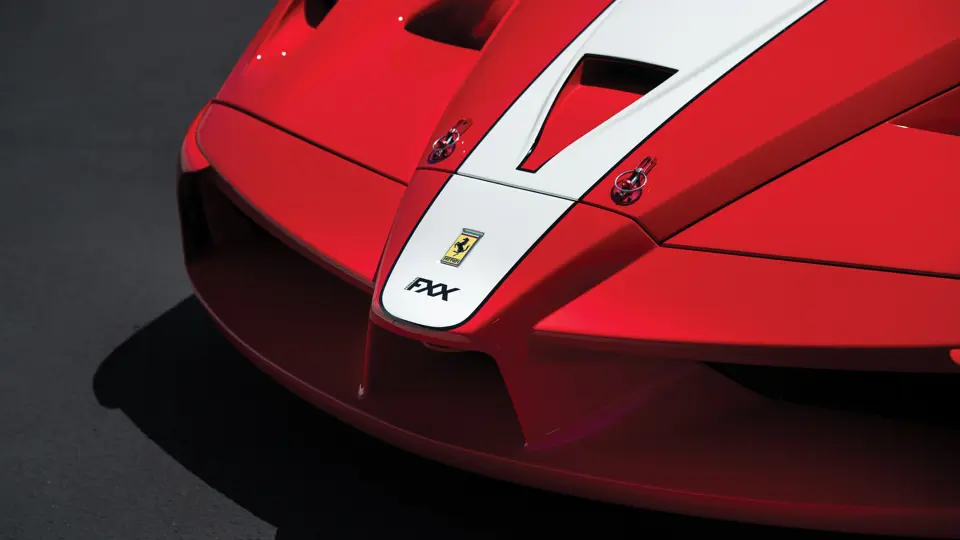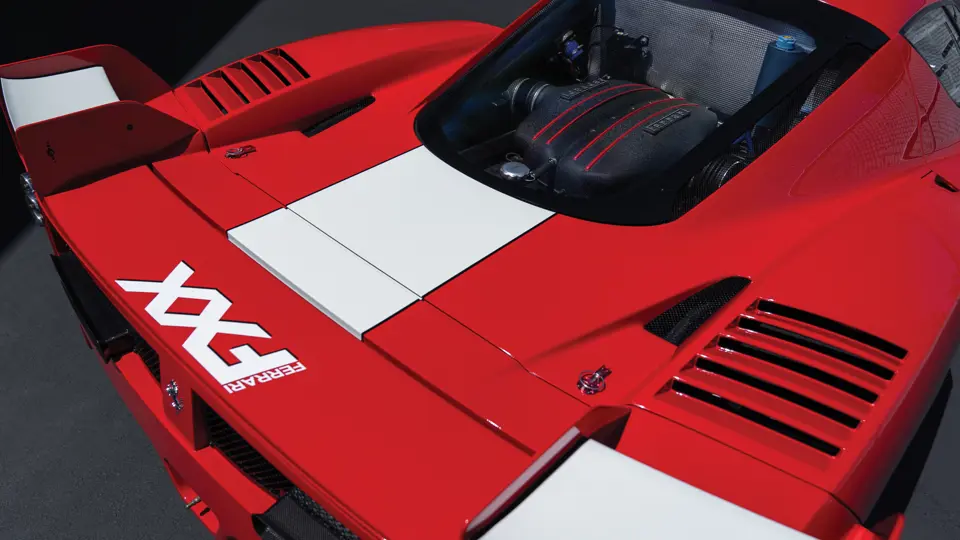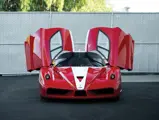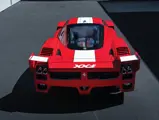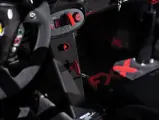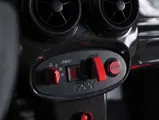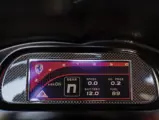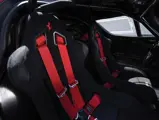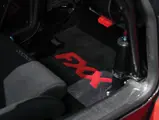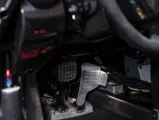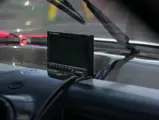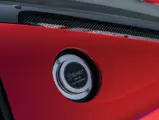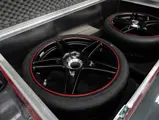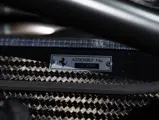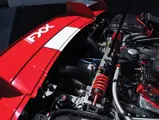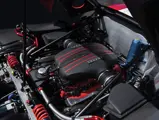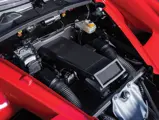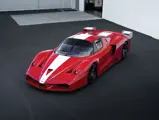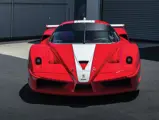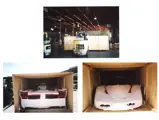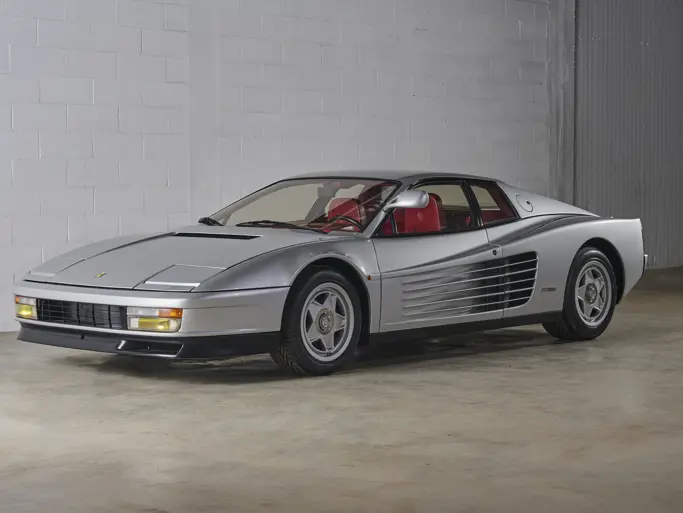
2006 Ferrari FXX
{{lr.item.text}}
$3,525,000 USD | Sold
The Ming Collection
{{bidding.lot.reserveStatusFormatted}}
- Offered from the Ming Collection
- One of just 30 official production units built as part of an invite-only program
- Not driven since initial Fiorano delivery event, remains in “time capsule” condition
- Delivered with and retains all track-day tools, material, and accessories
- One of few still in delivery specification and not fitted with Evoluzione kit
Named as an homage to the automaker’s founder, the Ferrari Enzo used a new V-12 derived from the company’s still-fresh V-8 engine. This time, rapid-fire shifts came courtesy of the company’s F1 electrohydraulic automated manual gearbox. The 65-degree V-12 put out a thundering 651 horsepower as it screamed toward its 8,200 rpm redline. Yet what made the Enzo so exotic wasn’t as much its power as it was its sophisticated chassis. The car was not far removed from F1 racers with its carbon-fiber bodywork, active aerodynamics, massive carbon-ceramic brakes, and driver-adjustable shock absorbers.
Advanced as the Enzo was, it was merely the springboard for the company’s most ambitious project yet, the FXX. As its name implies, the FXX was designed to be an experimental prototype that would be offered to a small selection of Ferrari’s most exclusive clientele. Those invited to test the car had demonstrated that they were passionate and loyal to the brand, as well as daring enough to sample something not entirely ready for the general public. They formed an exclusive club, one Ferrari has continued to support with subsequent projects.
Hidden under bodywork derived from the FXX sat an uprated version of the still-new V-12 design. Here, the car was rated at 789 horsepower that peaked at a sky-high 8,500 rpm and 506 foot-pounds of torque that came on at a comparably modest 5,570 rpm. A new version of the F1 gearbox put power to the ground via a sophisticated traction control system designed to manage a heretofore unheard-of power output. The car can vault to 60 mph in 2.7 seconds, a figure still stunning a decade later for a naturally aspirated engine. A revised brake-pad design worked with the Enzo’s Brembo carbon-fiber-reinforced silicon-carbide-ceramic-composite disc brakes to produce drama-free braking from the 214 mph top speed. With its body panels peeled away, the FXX is at least as advanced as Formula 1 cars of its era, and perhaps more so because its design was not hindered by FIA regulations.
Just 29 cars were initially commissioned, though Ferrari presented a 30th to Michael Schumacher on his 2006 retirement from Formula 1, with a small number of post-production units provided to several favored clientele. Those invited to participate in the program were in good company, clearly. This FXX was among the initial production run, and it is offered to the public for the first time since it was built. The Ming Collection acquired the car new at the Fiorano track, where its impressive limits were explored. Then it left the company of the other FXXs that were dispatched via conventional means to Ferrari dealers and was instead packed into a special crate to be delivered directly to the collection. The car is painted Rosso Corsa with white striping and FXX branding at the rear.
From the moment the car was unpacked in the U.S., it has remained in time-capsule condition and is among the purest examples extant. Ferrari offered an Evoluzione kit that changed the car’s aerodynamics and modified its gearbox and powertrain. This FXX has not been fitted with the upgrade, and it will be up to the car’s next owner to make that decision.
The car is offered with every piece of FXX accoutrements, including tools, racing gear, and other items in special FXX Programme rolling cases, as well as a set of original racing wheels mounted with Bridgestone Potenza slicks and a full complement of Puma gear. Nothing has been opened, unwrapped, or used since the car was imported to the U.S. more than a dozen years ago. The car also sports a set of custom FXX floor mats by Keith Collins.
With mere delivery mileage, this FXX is undoubtedly as fine as any extant. It has been carefully and obsessively serviced as part of the private collection and has not since been driven on a track. The car received a new data logger directly from Ferrari in 2011 and was most recently serviced in March of this year, receiving a full inspection, new battery, new fluids, safety check, and a thorough detailing.
With such limited production, the presence of an FXX on the open market is an exceptionally rare event worthy of celebration on its own. Ferrari has continued to use the FXX program with two subsequent models, and the automaker has shown no indication of ceasing involvement of its most loyal clients in its development program. This FXX is as pure an example as is likely to ever become available again.




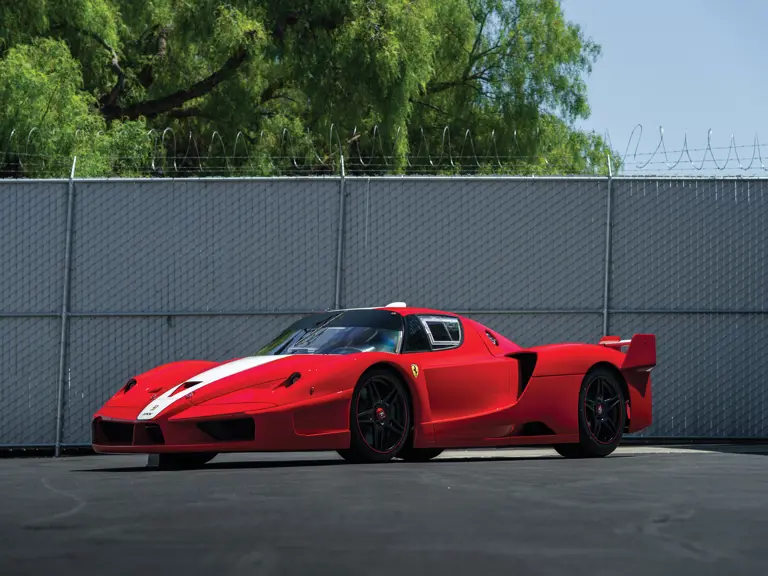

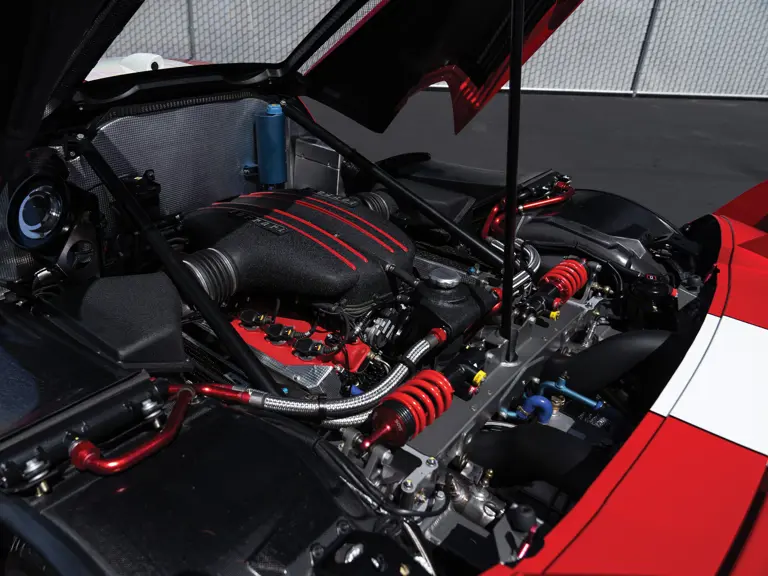
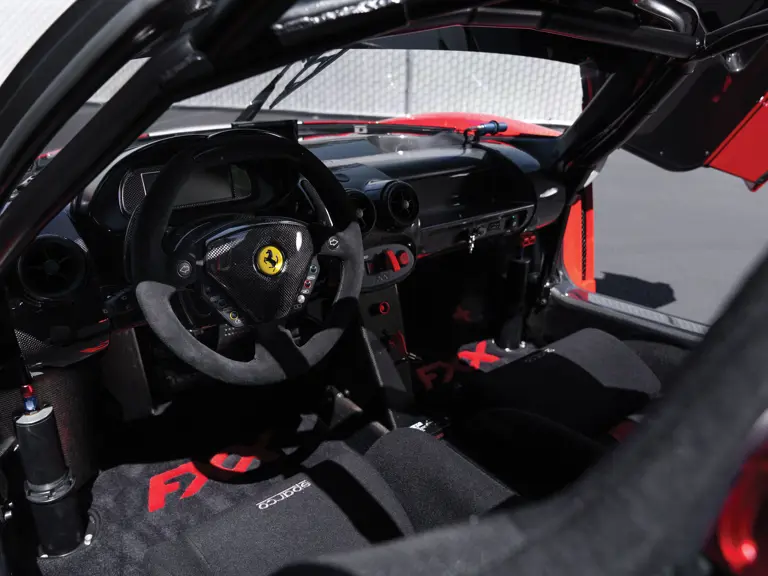
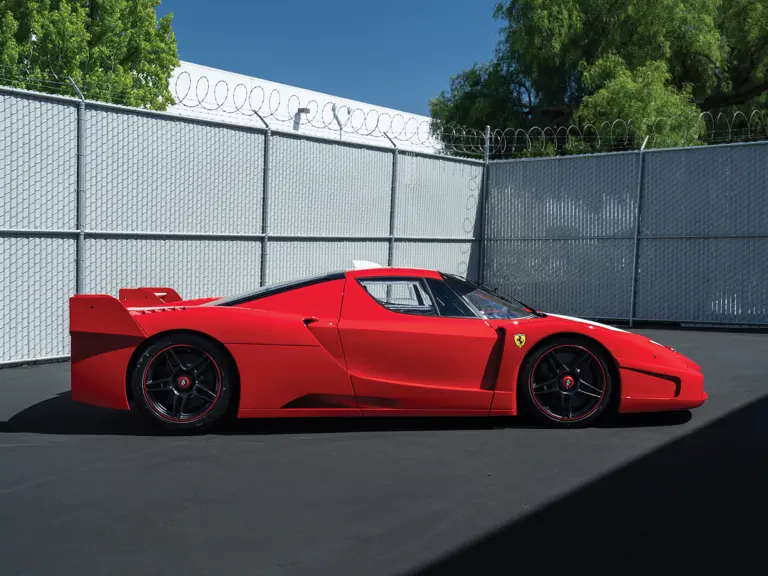
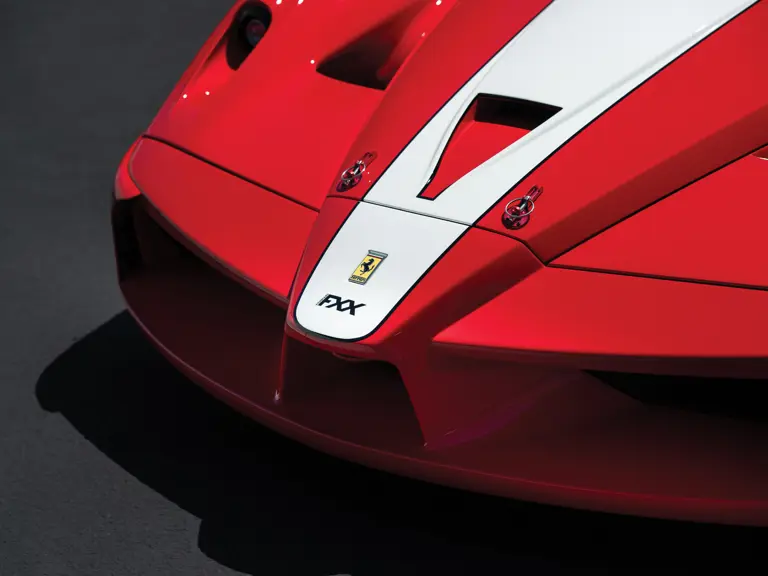
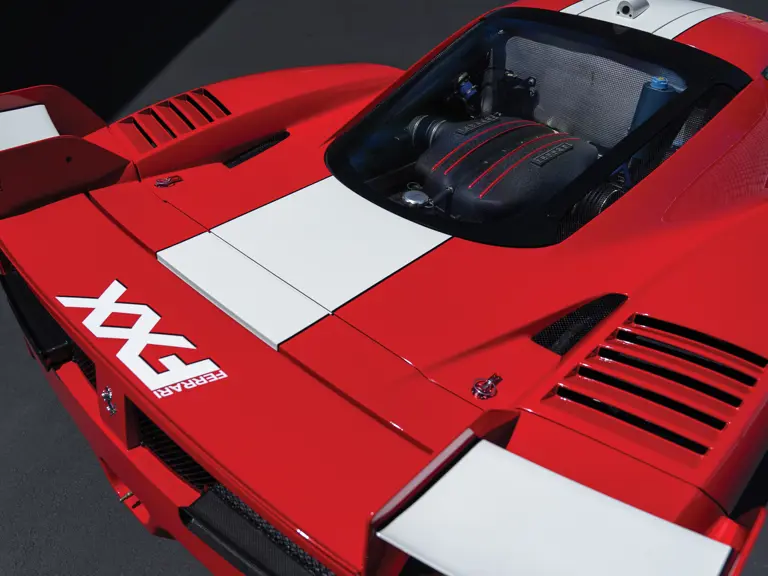

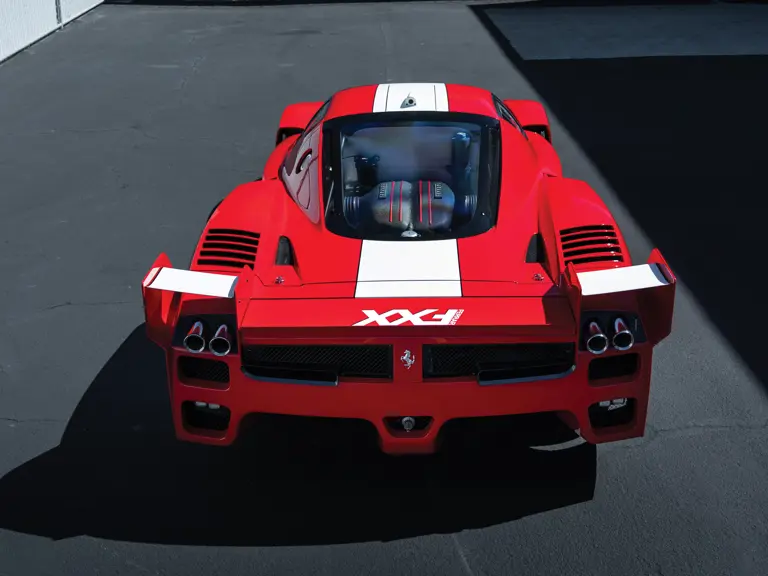
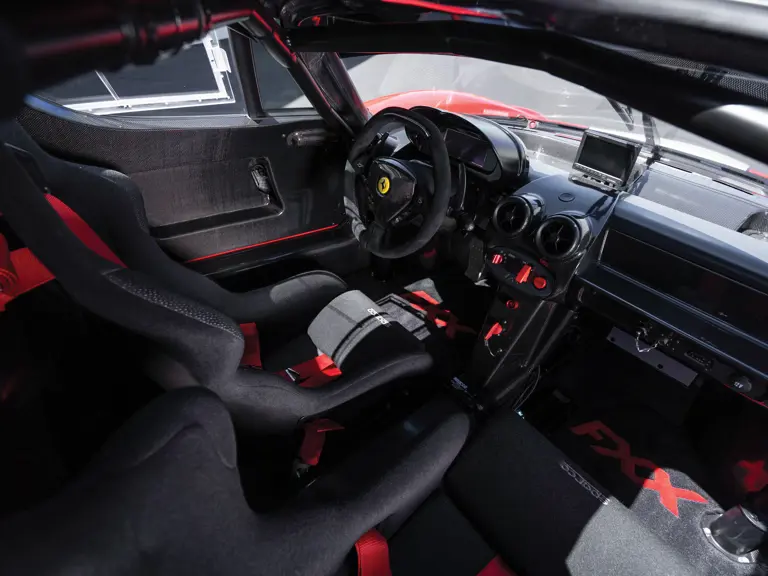
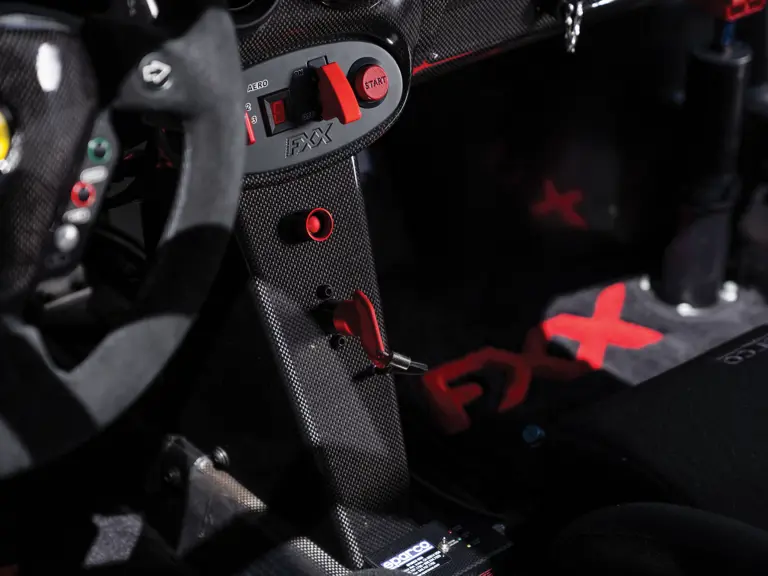
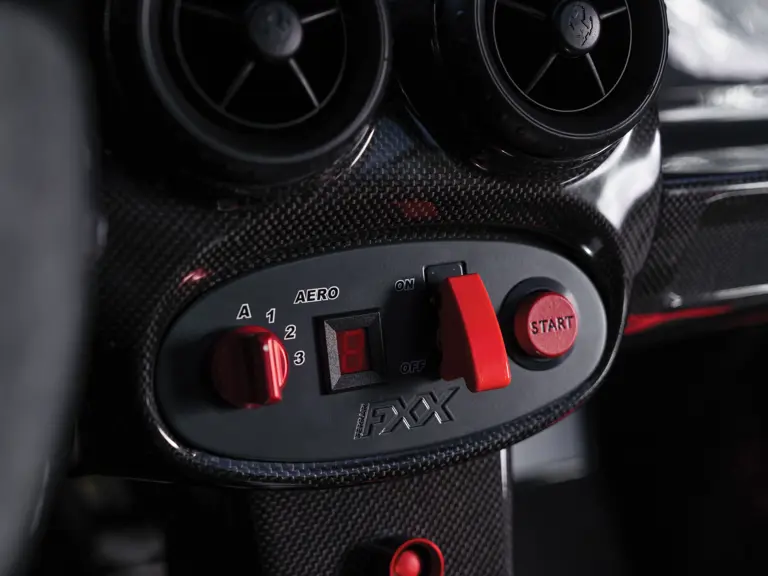
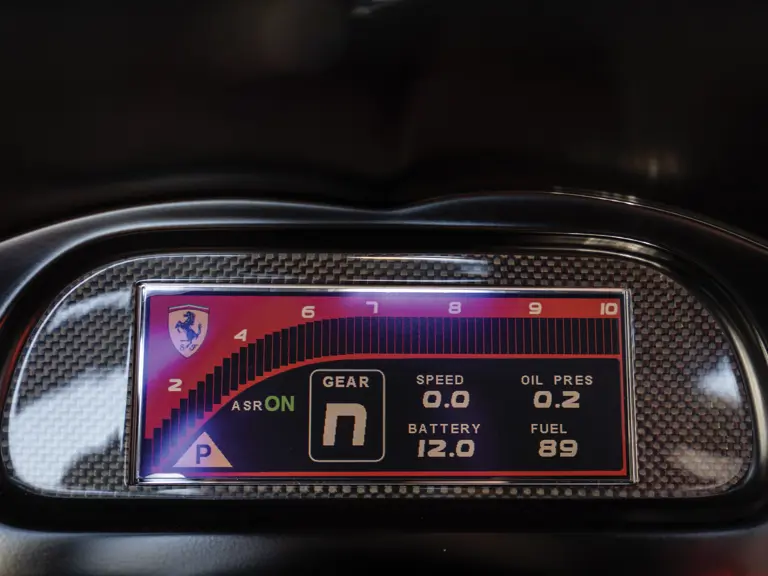

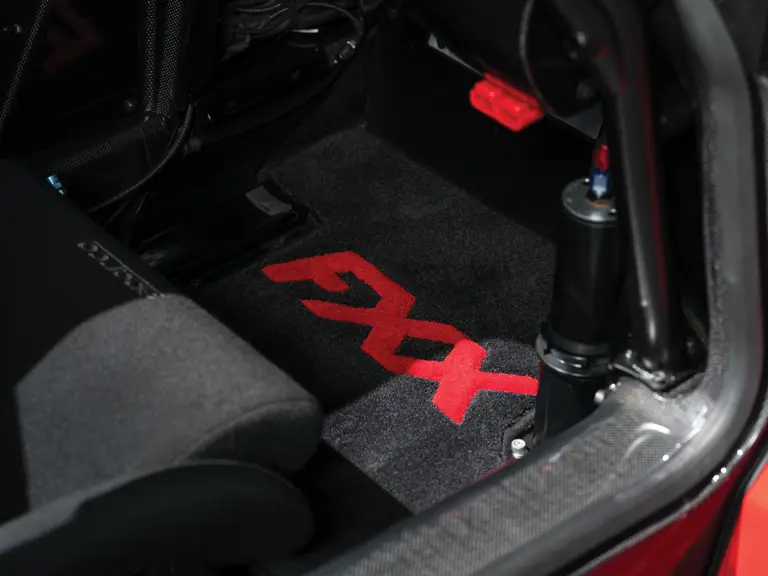
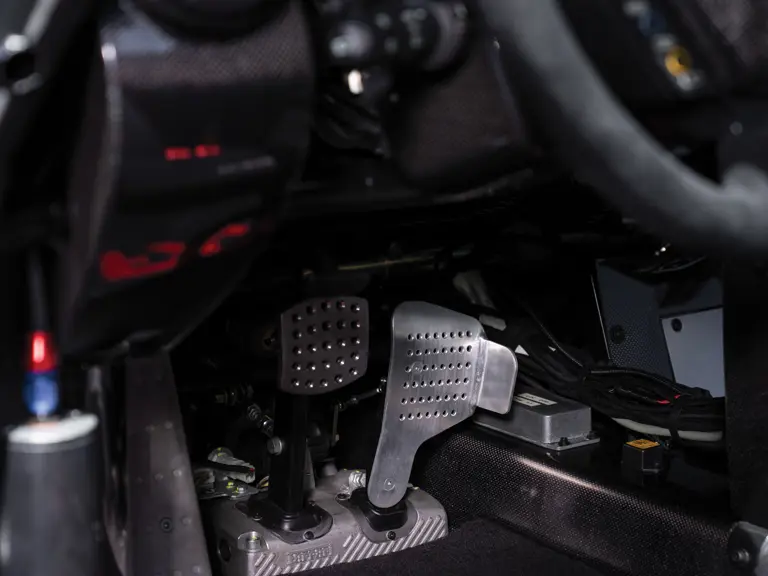
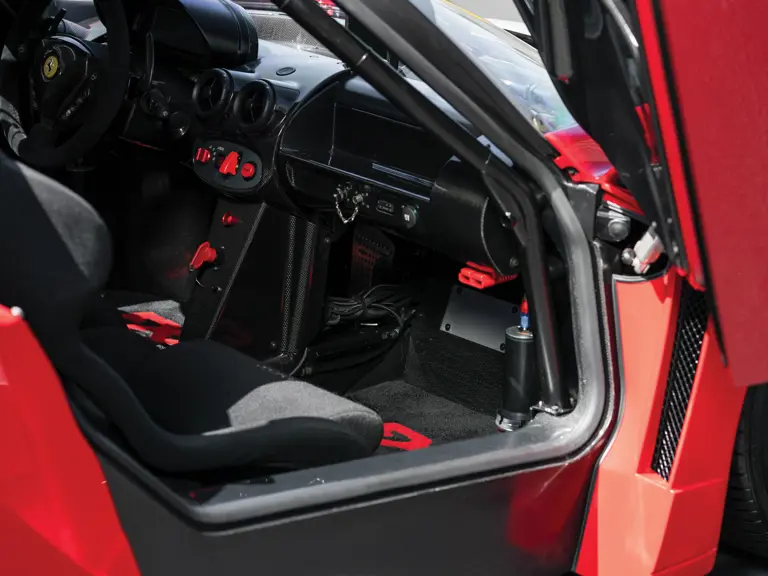
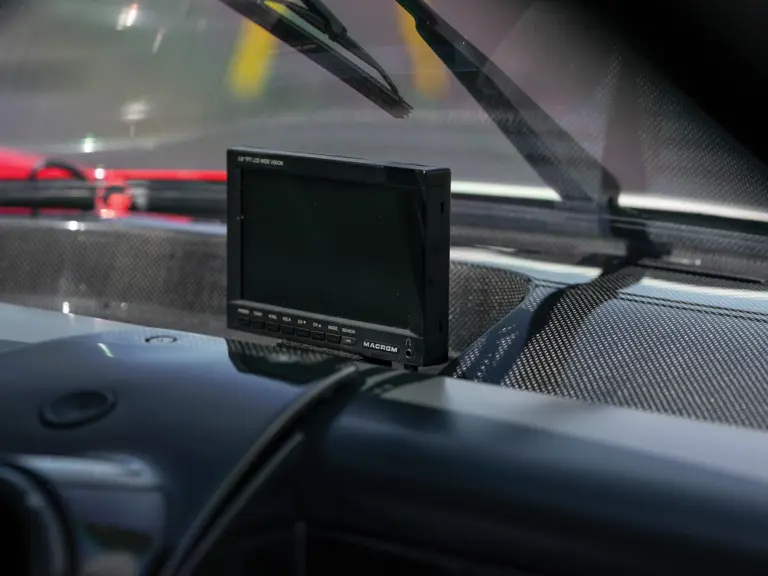
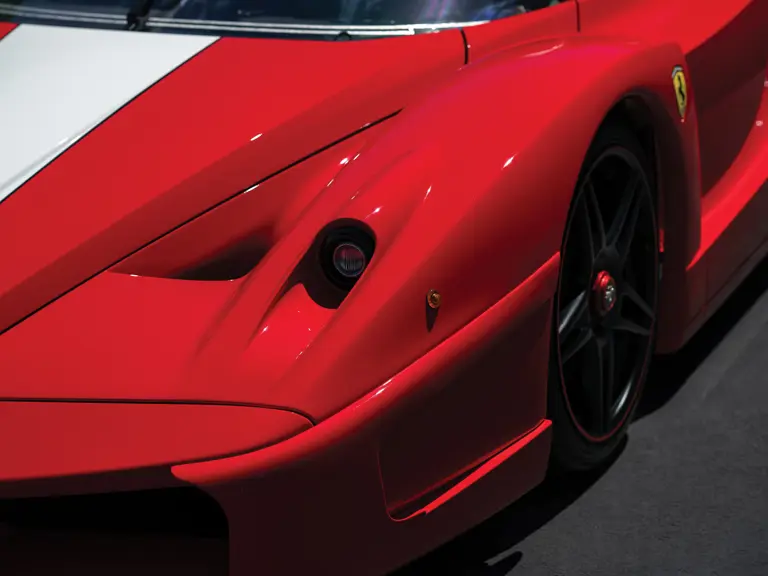
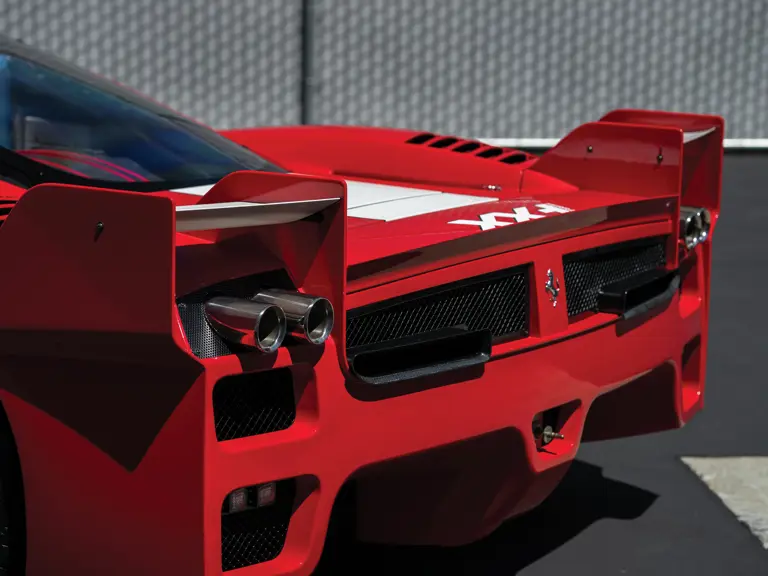
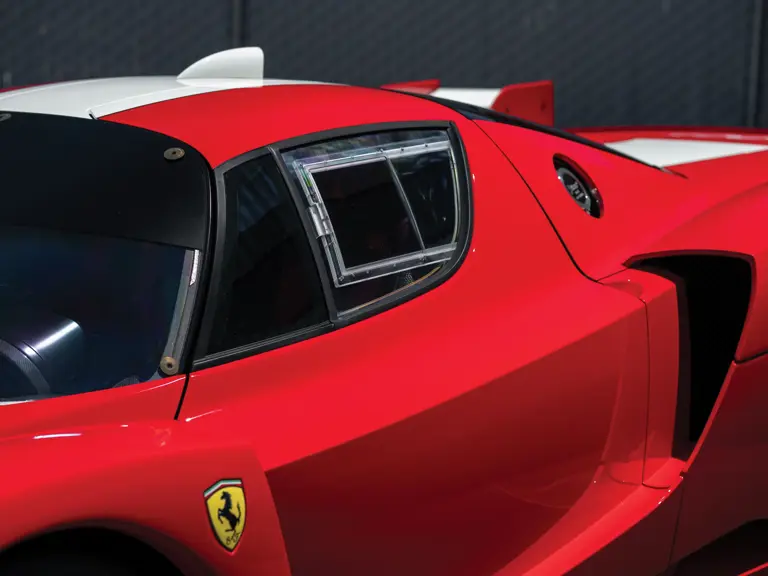
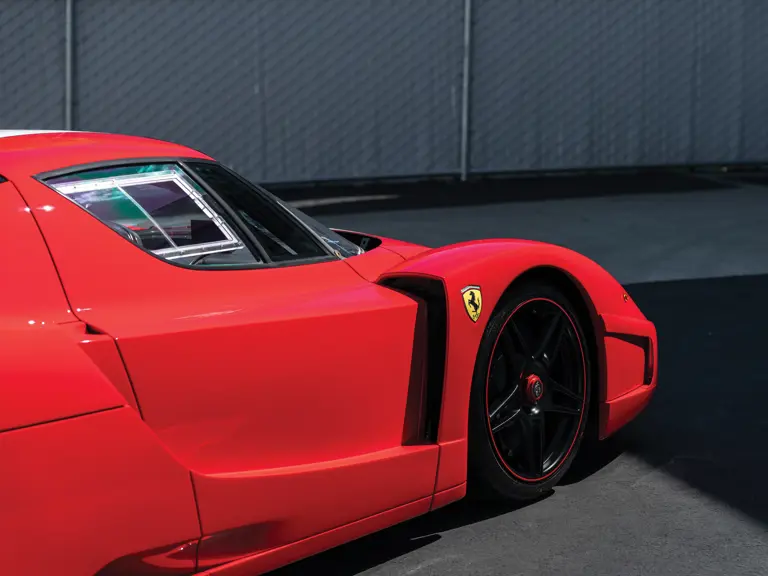
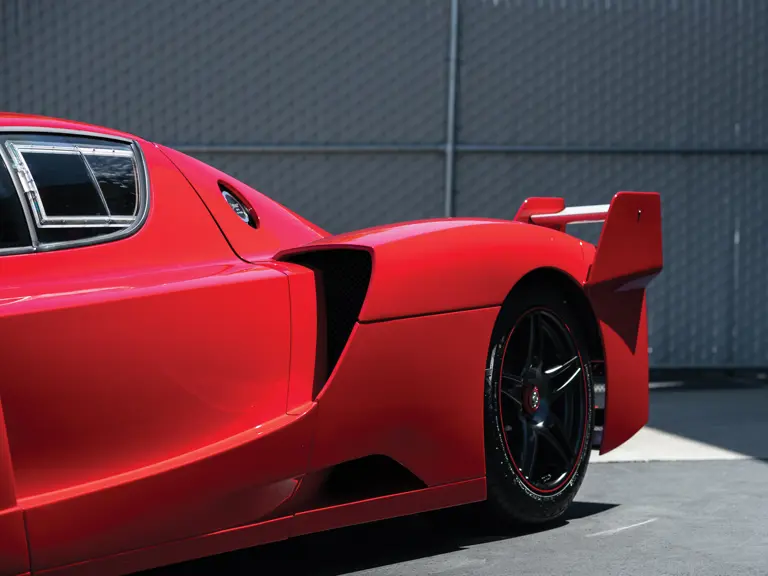
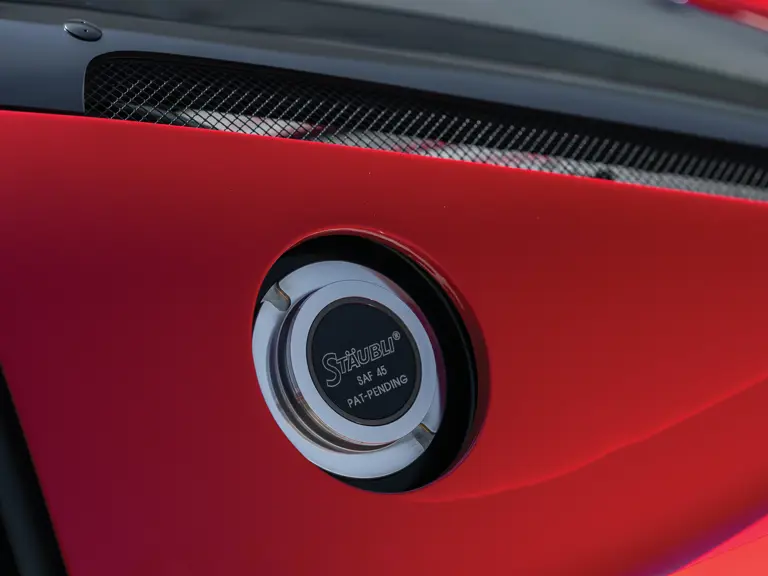
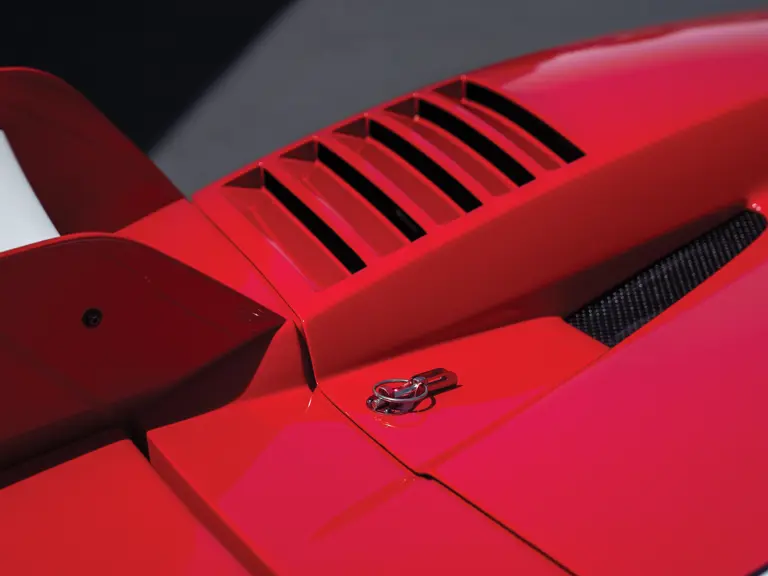
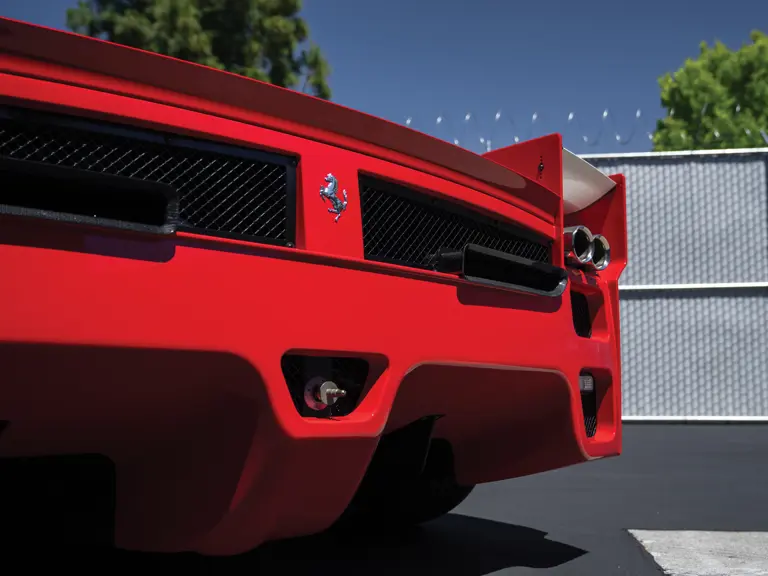


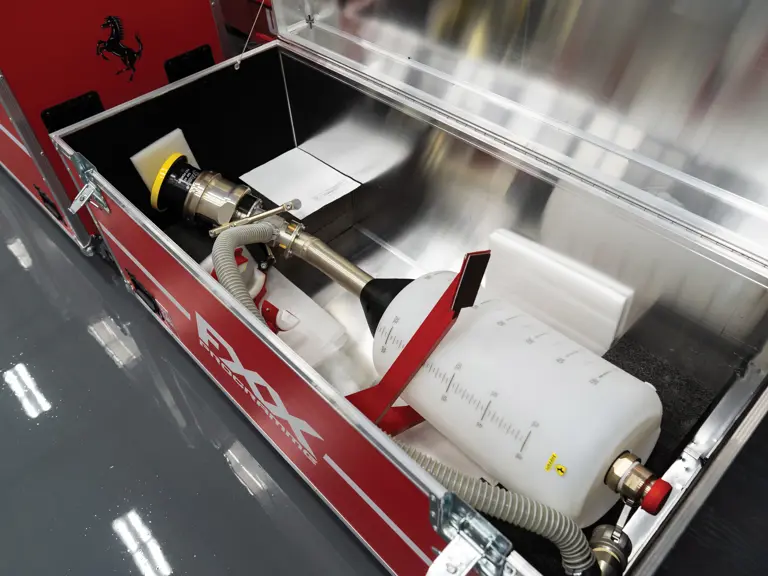
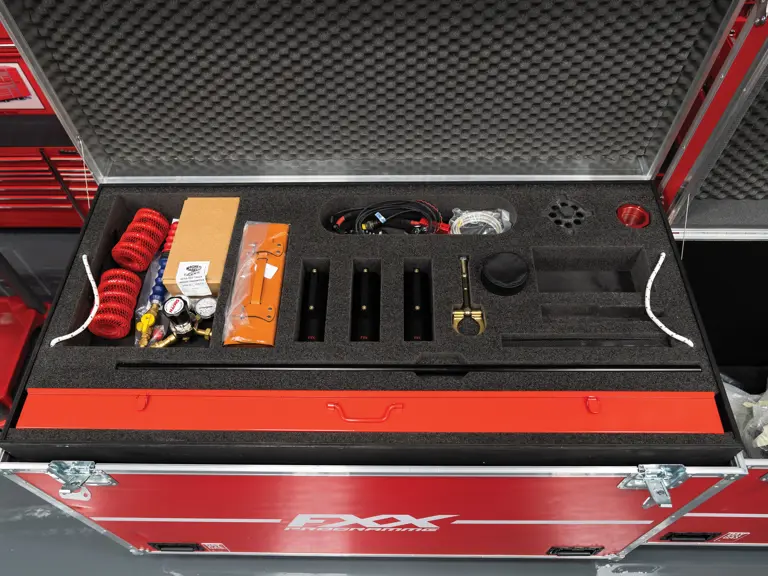
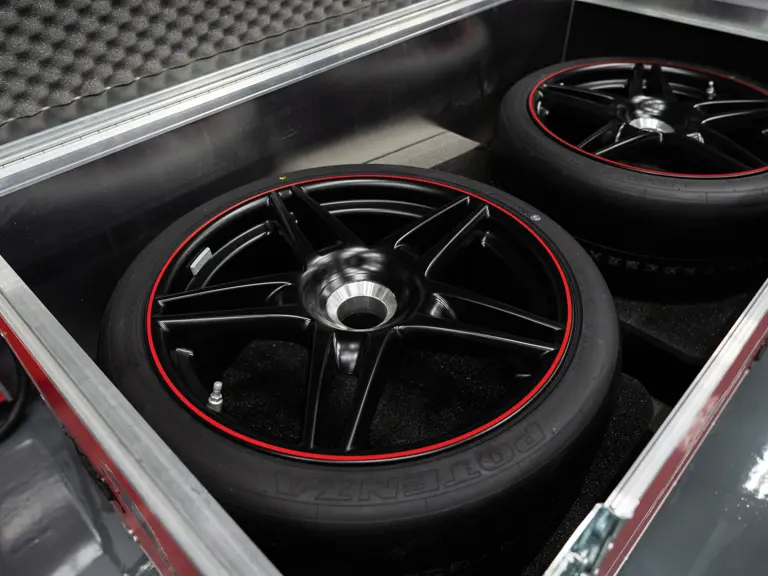
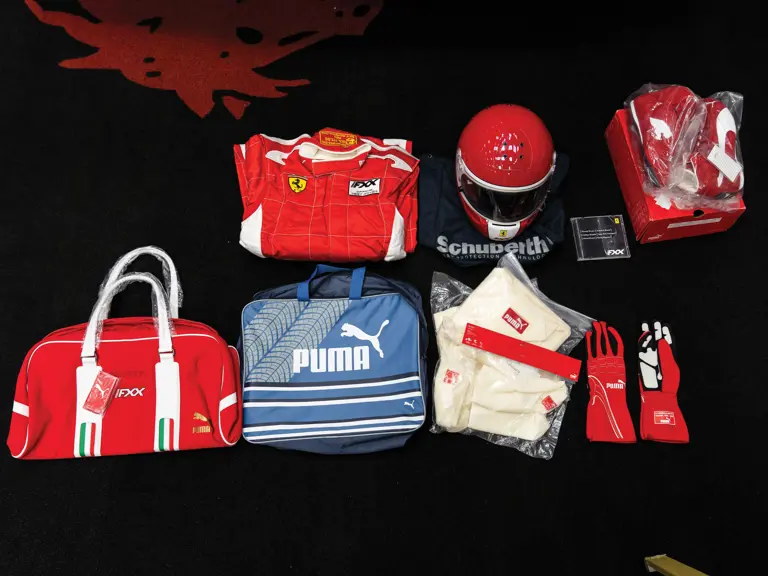
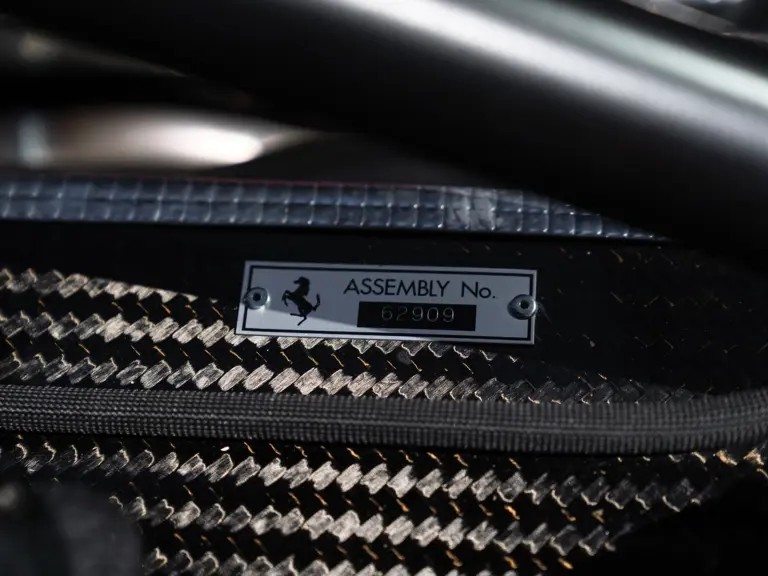

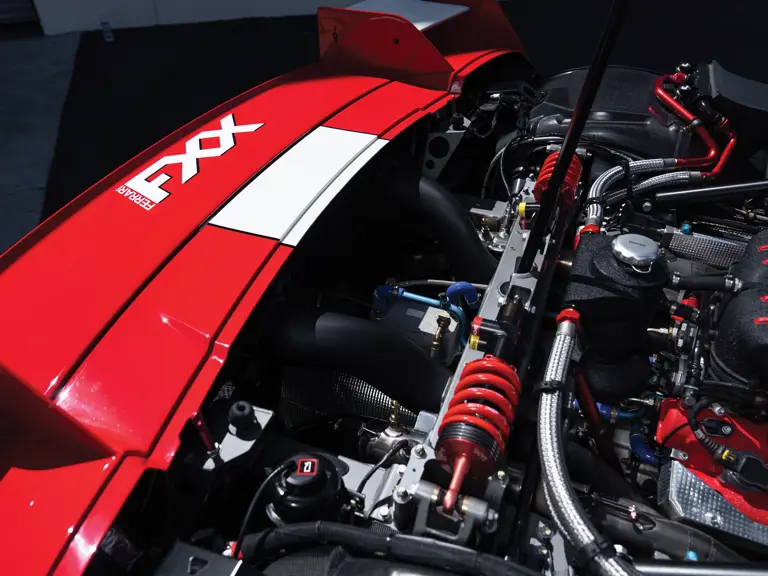
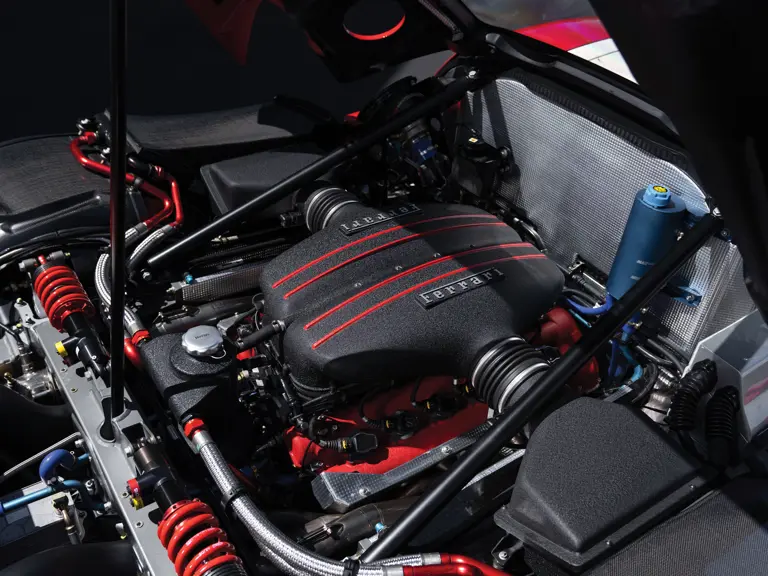

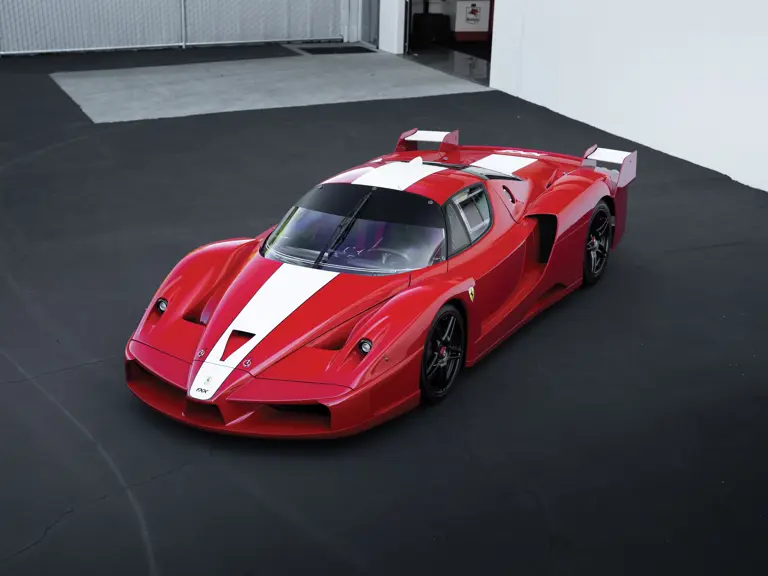

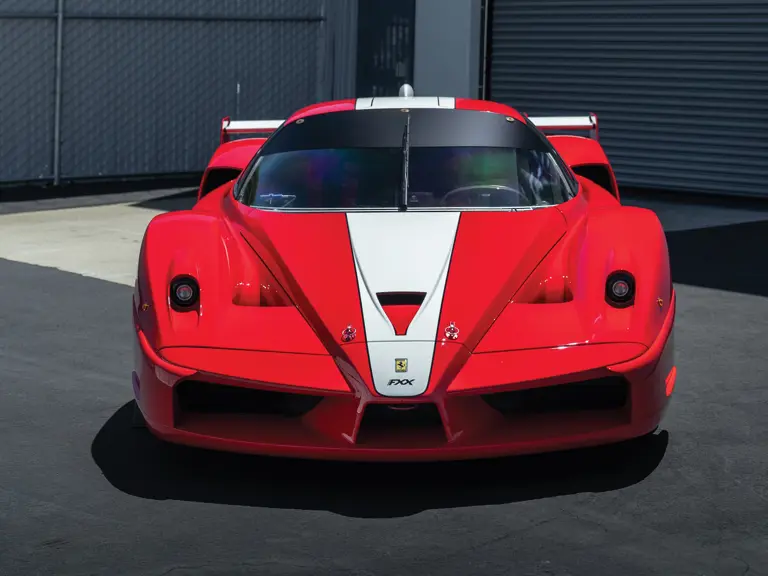

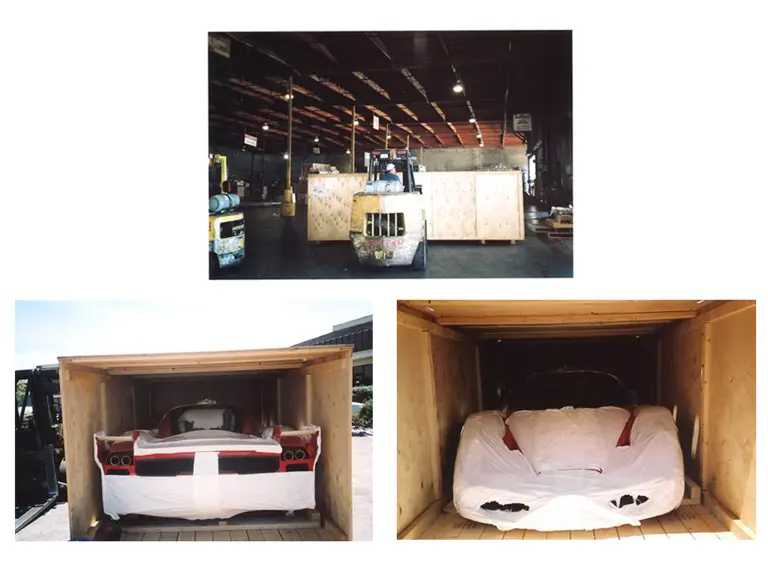
 | Monterey, California
| Monterey, California

